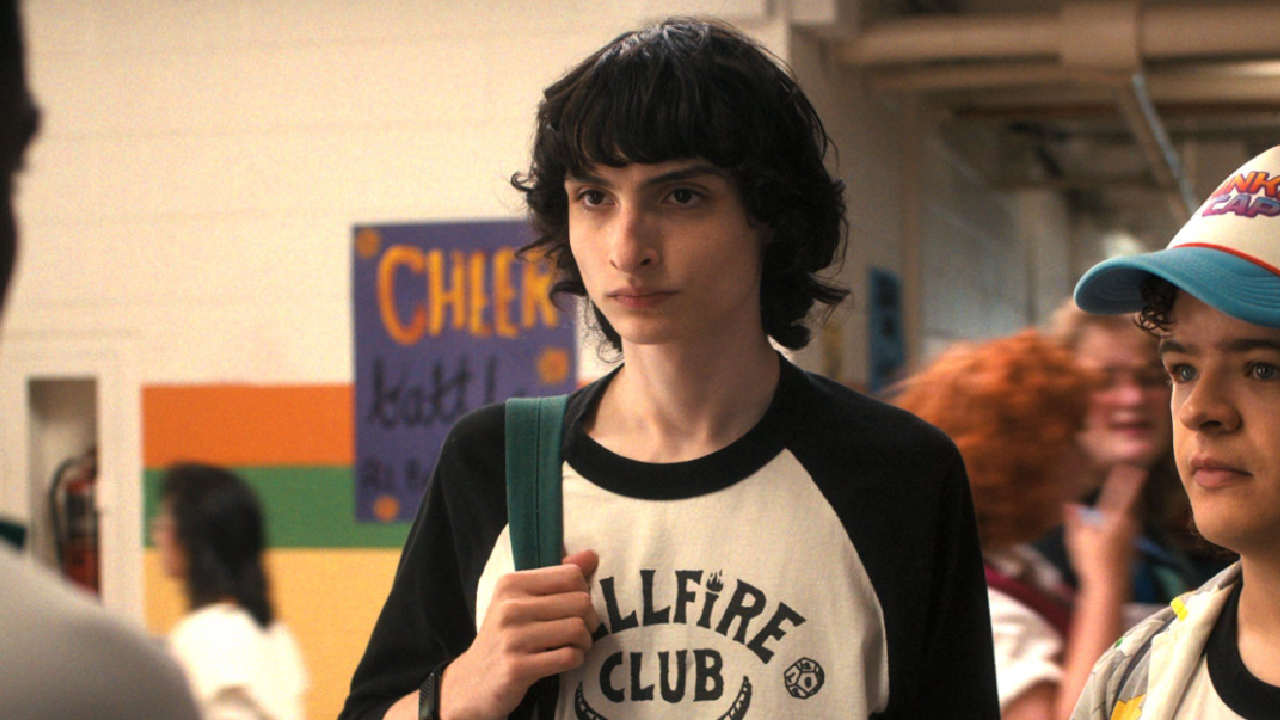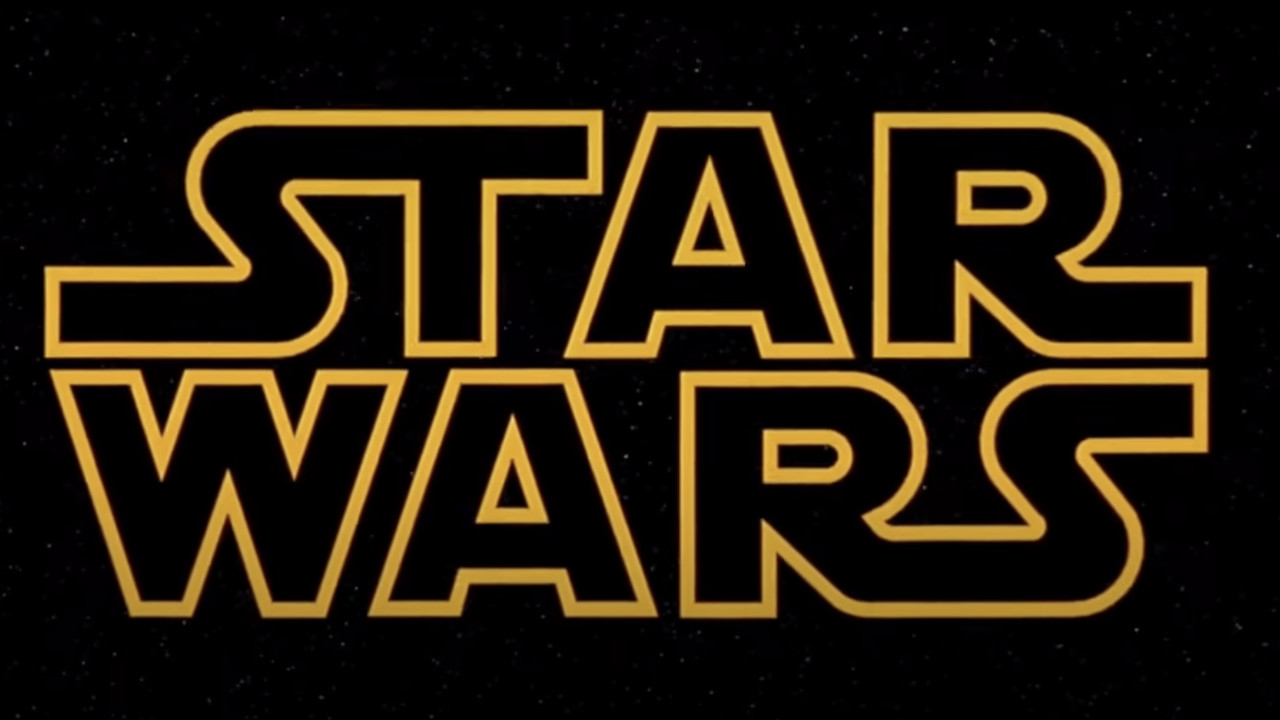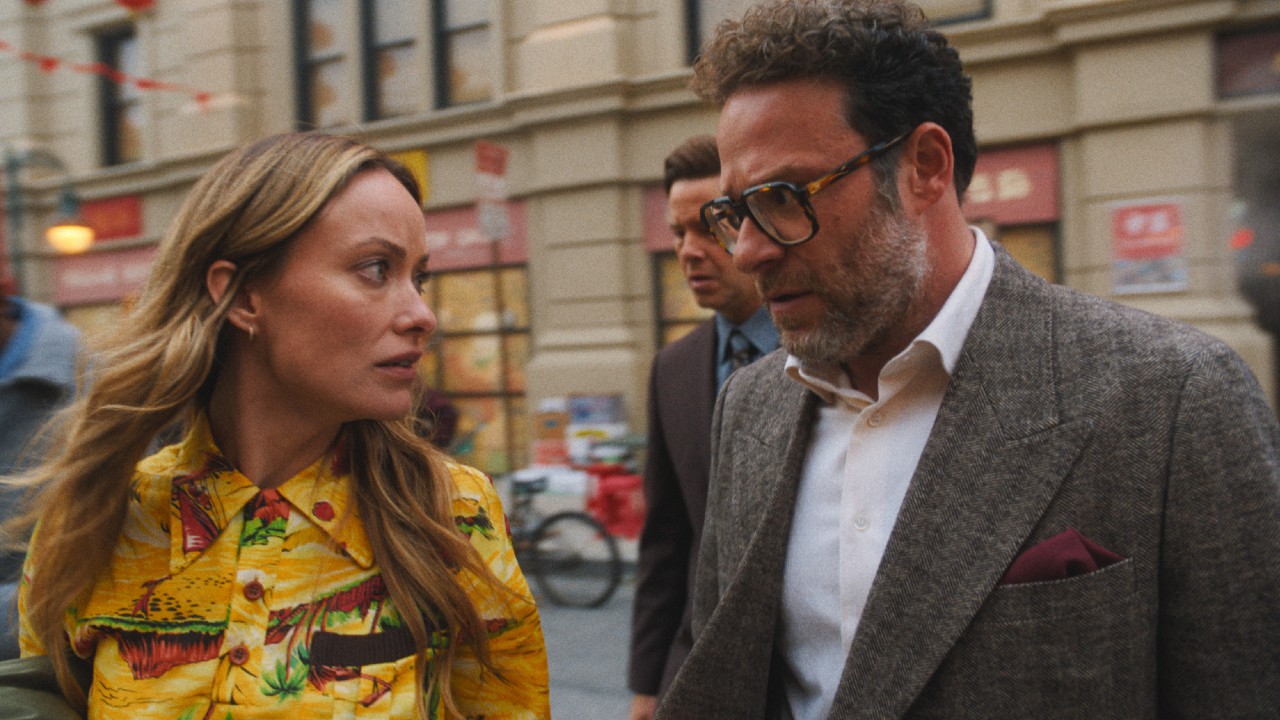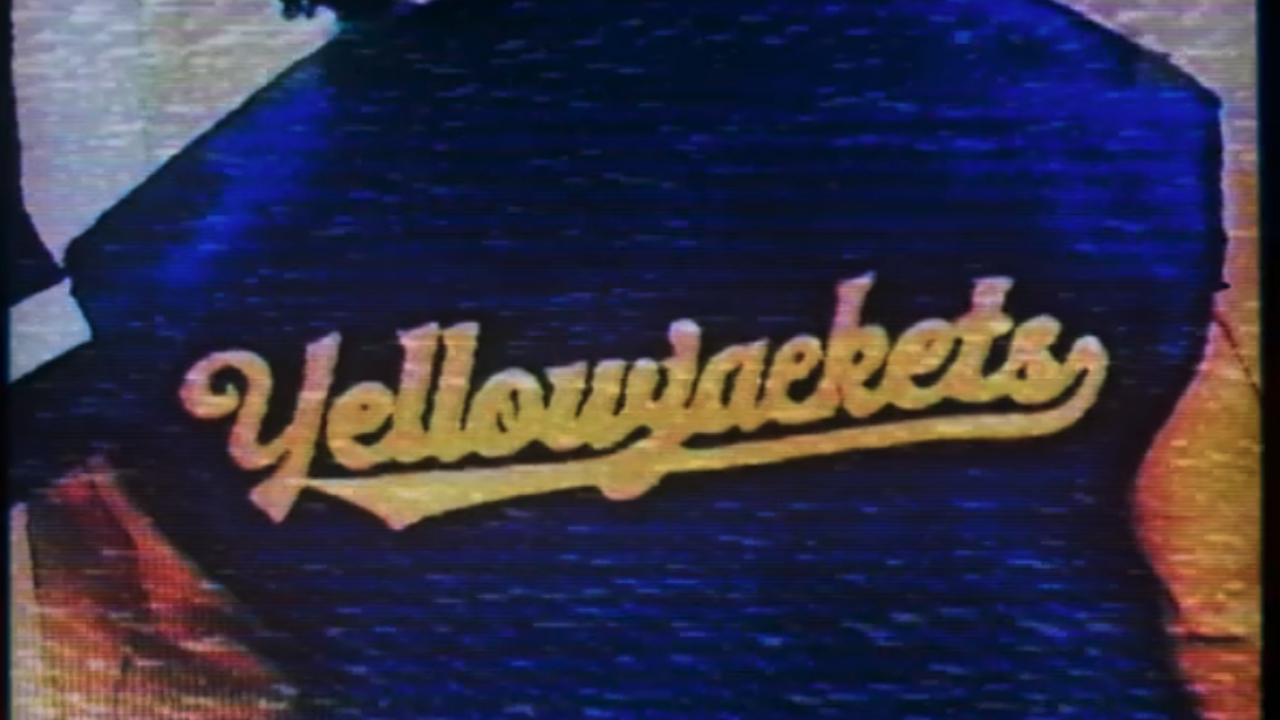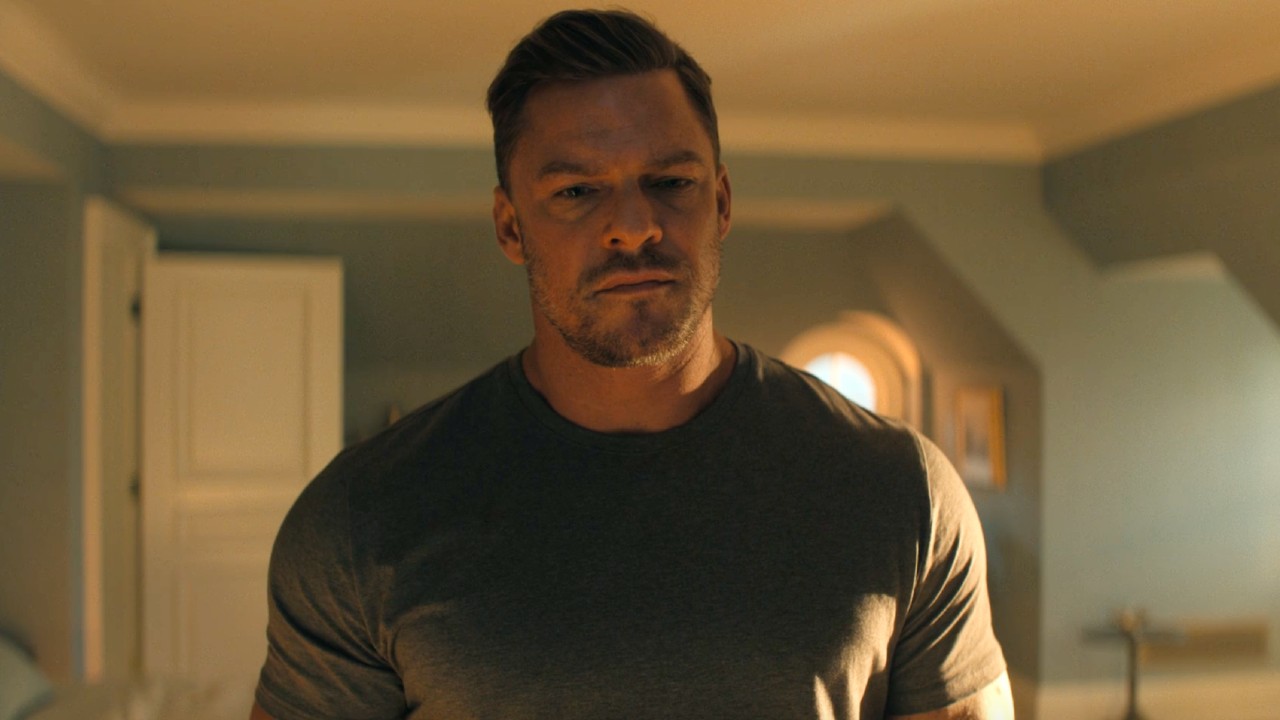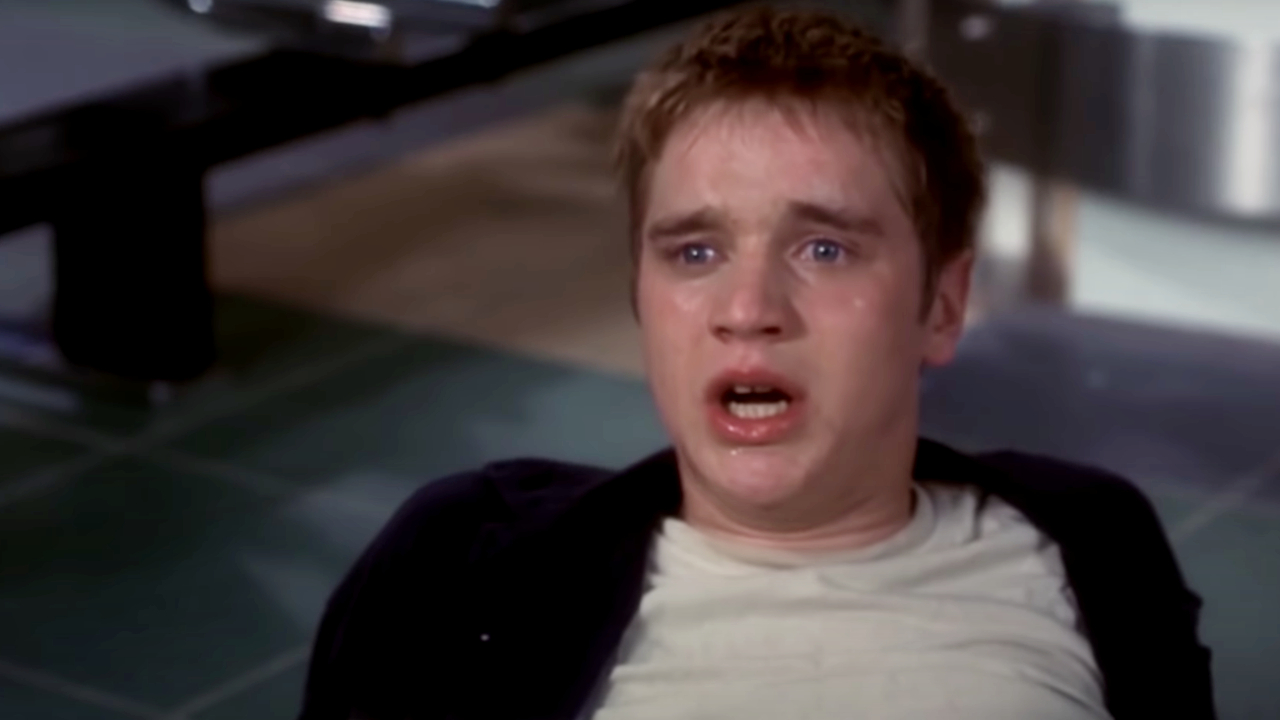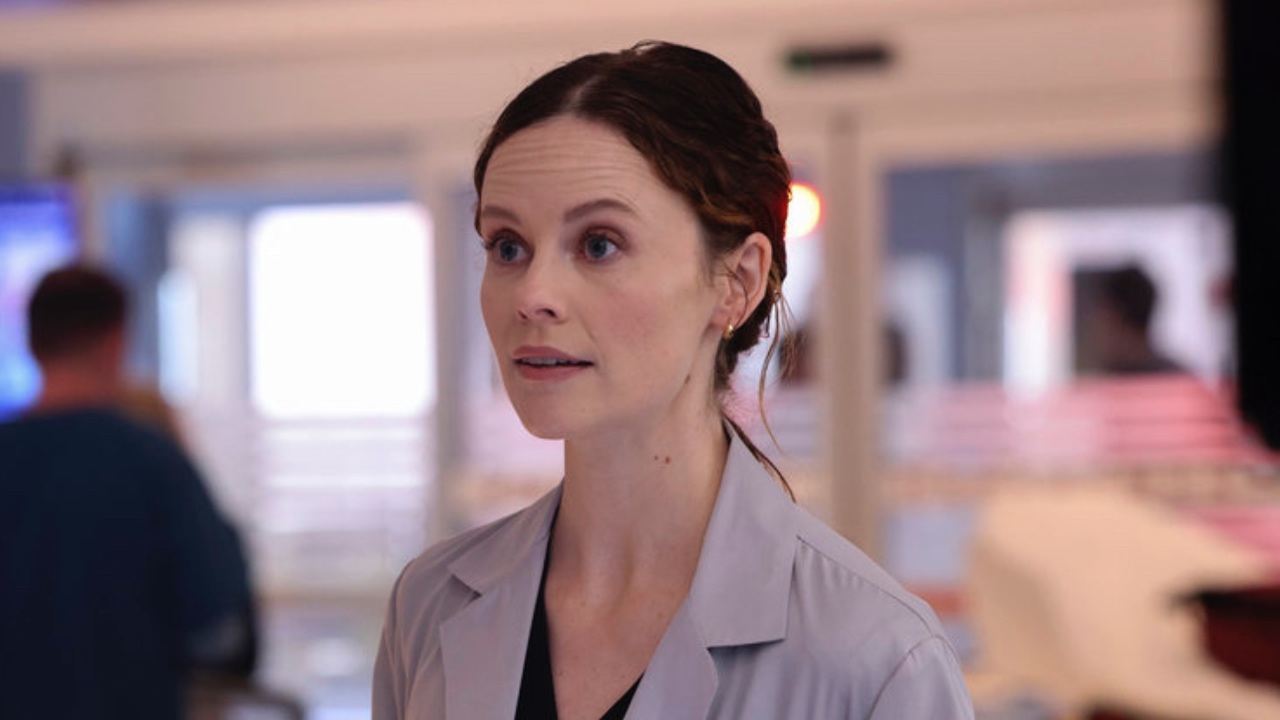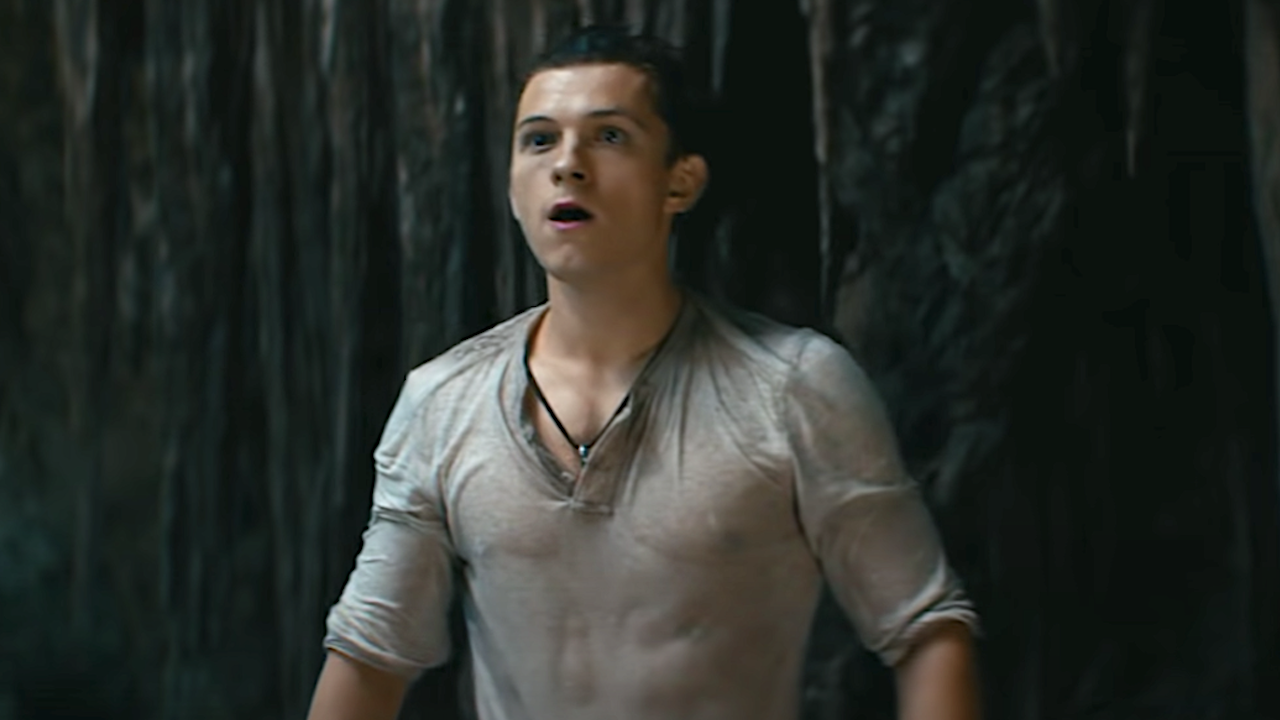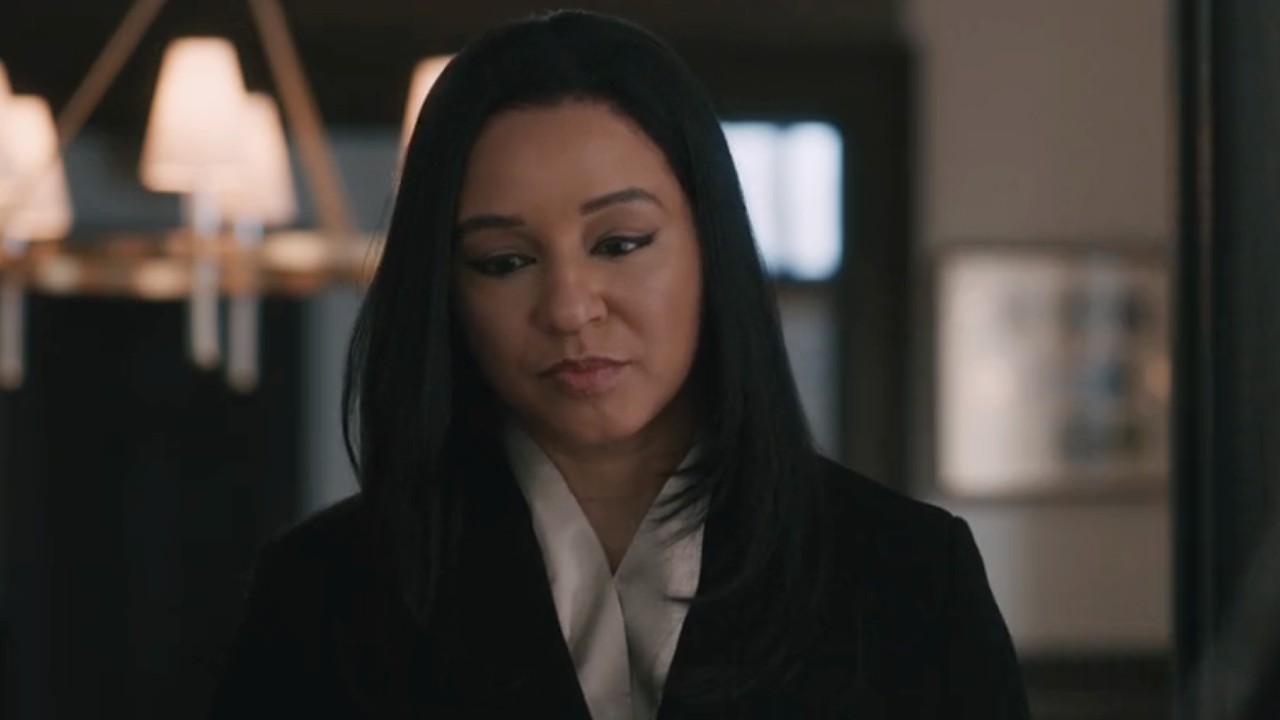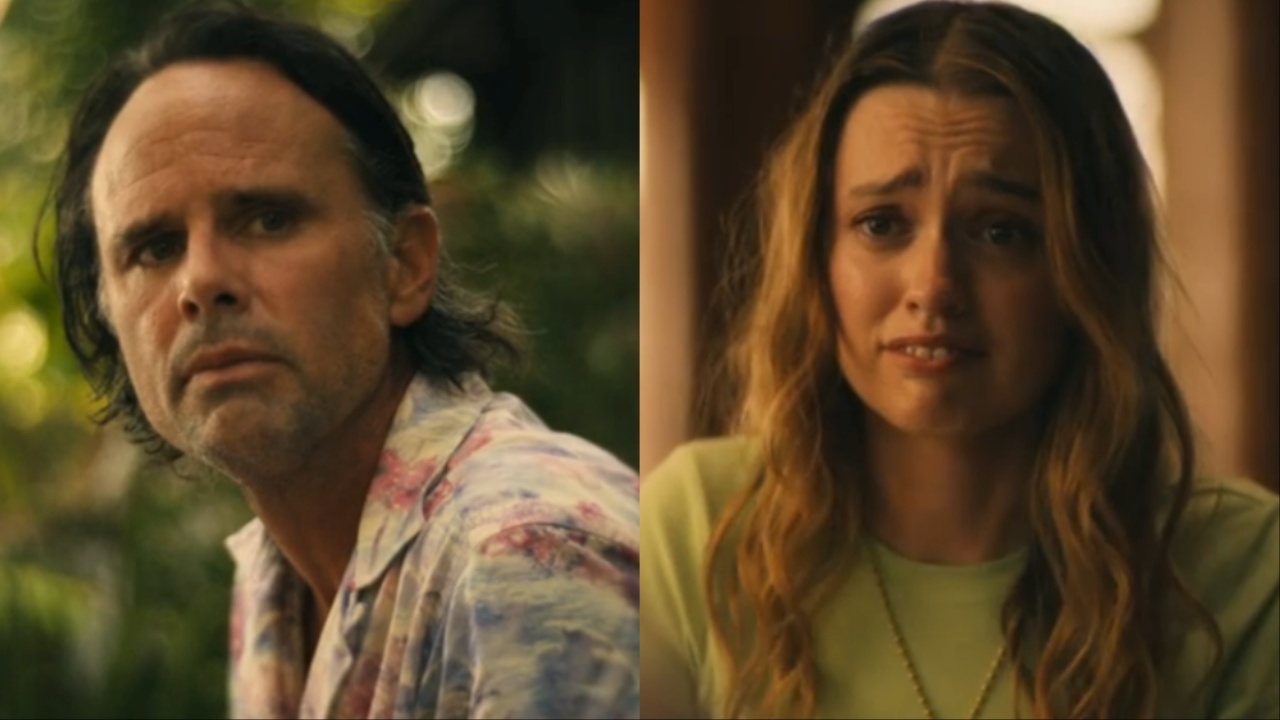How The Multiverse Can Completely Change The Future Of Superhero Films And Television
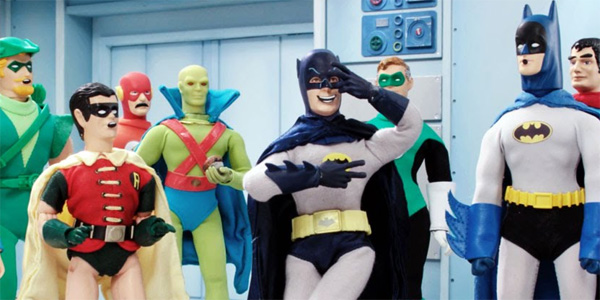
In the climactic second half of the upcoming Robot Chicken DC Special 3: Magical Friendship, an argument between Batman and Superman leads to a “Crisis On A Couple Of Earths” – where Flash’s Cosmic Treadmill is used to tap into other dimensions and populate the world with heroes and villains from pretty much every existing strand of DC Comics continuity. It’s a great bit, with plenty of comedy gold milked out of having multiple iterations of different characters running around, but it’s also a great way to introduce audiences to a complex and fascinating theoretical concept that could ultimately have a huge effect on the superhero genre in both film and television: the multiverse.
A legitimate scientific concept in addition to being a fun narrative tool used by comic book writers for decades, the multiverse theory boils down to the idea that there are an infinite number of existences in which every single possibility plays out on its own separate timeline. This means that not only is there an infinite number of worlds where superheroes are real, but also an infinite number of worlds where you personally just held your breath for two seconds instead of breathing normally. From a fiction perspective, it’s an area ripe for exploration that has been made use of in just about every way imaginable - from multiple versions of the same character from separate timelines getting the opportunity to meet, to having it serve as an actually reasonable explanation for how time travel could work. Both DC and Marvel Comics are currently taking full advantage of the multiverse with their respective “Convergence” and “Secret Wars” events, but it may not be long until we start seeing it have a role in big blockbuster films and superhero television shows.
A few weeks ago, I sat down for an interview with DC Chief Creative Officer Geoff Johns as well as Robot Chicken co-creators Seth Green and Matthew Senreich, and used the opportunity to talk at length about fascinating nature of the multiverse concept and the potential to see it start playing a much larger role in pop culture. Speaking to the elegance of the theory as well as the opportunities that it provides writers, Johns said,
It goes to the core of these characters because they’ve been around for so long. You’ve gotta let people interpret them however they need to be interpreted – whether it’s in a movie or in animation or in Robot Chicken. These characters, they’re built for the multiverse and by the multiverse, both in story, and then the multiverse of like a TV show or whatever. It’s for any creative voice, however they lock into a character and present them to somebody is what we’re trying to celebrate.
While Johns wouldn’t speak to it specifically (despite me directly asking about it), one area in which we might eventually see the multiverse have a huge effect within the superhero genre is in the developing DC Cinematic Universe and the on-going DC Television Universe. It’s been firmly stated that the plan going forward is to keep the two continuities separate - with Henry Cavill’s Superman and Ben Affleck’s Batman existing in an entirely different world than Stephen Amell’s Arrow and Grant Gustin’s Flash – but just the idea of the multiverse means that the door is always open for some kind of crossover to happen somewhere down the line (Hell, Earth 2 being introduced on The Flash is a huge first step). After that, we just wait for the day when we can see every live-action version of Batman (from Adam West to Christian Bale) and every version of Superman (from Brandon Routh to a digitally recreated George Reeves) in their respective costumes and in the same room making a plan to take down evil.
In opening up the multiverse, storytellers are not only given the opportunity to smash down any and all creative barriers – with “continuity” being both specifically defined and vastly expanded at the same time – but also the chance to tap into the kind of creative energy we all had as kids. In describing what he really loves about the multiverse, Matthew Senreich noted that there is not only an opportunity to crossover different DC Comics-related continuities within the multiverse, but that there is also the possibility to crossover into other pop culture spheres as well:
It’s your childhood coming to life. It’s when you’re playing with your action figures as a kid, you weren’t like, ‘I can only use my DC toys with DC toys.’ You were playing with your Star Wars figures, or your Marvel figures. Now that we’re all grown up we can blend them all together.
Comic fans will remember a special event called “DC vs. Marvel” back in the mid-1990s that saw the heroes of the former face off against those of the latter, and readers have also seen everything from “Superman and Batman versus Aliens and Predator” to “Marvel Zombies vs. Army of Darkness.” These kinds of crossovers seem impossible now, but who can say what the comic book movie and television landscape will look like a decade from now?
For now, fans will have to wait a little while before the multiverse concept is fully explored in a live-action capacity, but the good news is that you’ll be able to enjoy Robot Chicken DC Special 3: Magical Friendship on Adult Swim Sunday night (October 18th) at Midnight.
CINEMABLEND NEWSLETTER
Your Daily Blend of Entertainment News

Eric Eisenberg is the Assistant Managing Editor at CinemaBlend. After graduating Boston University and earning a bachelor’s degree in journalism, he took a part-time job as a staff writer for CinemaBlend, and after six months was offered the opportunity to move to Los Angeles and take on a newly created West Coast Editor position. Over a decade later, he's continuing to advance his interests and expertise. In addition to conducting filmmaker interviews and contributing to the news and feature content of the site, Eric also oversees the Movie Reviews section, writes the the weekend box office report (published Sundays), and is the site's resident Stephen King expert. He has two King-related columns.
